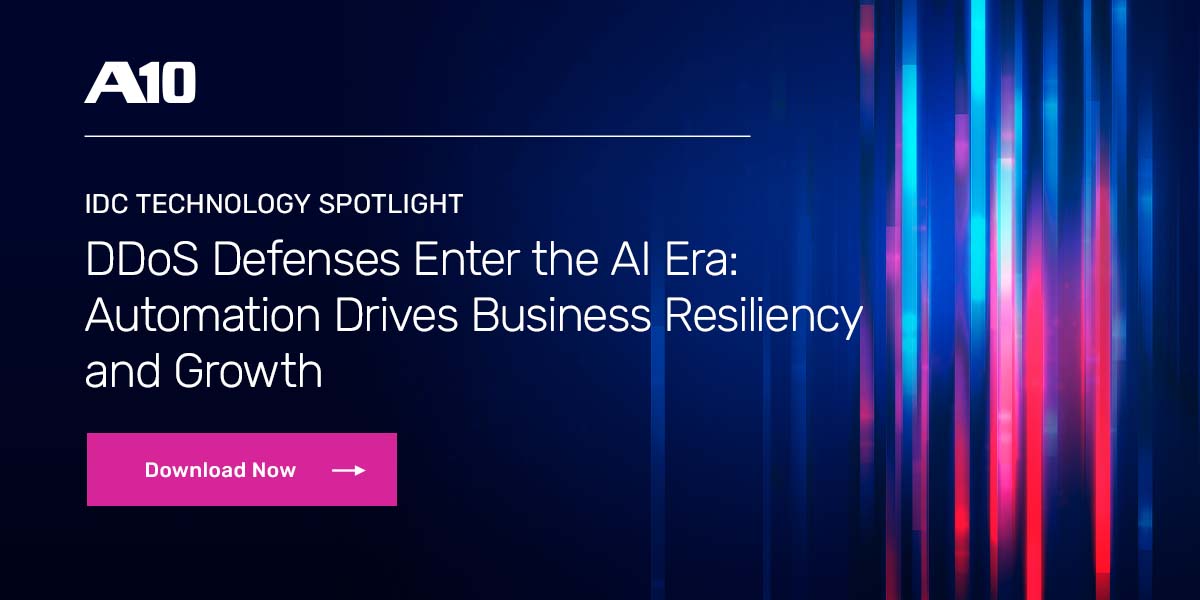

In, a scale-insensitive convolution neural network (SINet) was proposed to detect vehicles, and vehicles of different sizes were detected in the images. In, the histogram of oriented gradient (HOG) and Haar features were, respectively, used to detect the vehicles. In, vehicles were detected based on the ground plane assumption. Cameras have been widely used in the intelligent driving because of their low cost and the ability to obtain textures and colors of targets, which are especially important in recognition of the traffic lights and traffic signs.

Moreover, vehicle detection is an important part of the environment perception and plays a vital role in the safe driving of the unmanned ground vehicle (UGV).Ĭurrently, the mainstream obstacle detection sensors are camera and lidar. The complex road environments, especially the mixed traffic environments, cause great difficulties to the environment perception of the autonomous vehicles.

The core technology of the unmanned driving includes the environmental perception, precise positioning, and path planning. Compared with the detection method based only on the YOLO deep learning, the mean average precision (mAP) is increased by 17%. The experimental results on the KITTI dataset demonstrate that the proposed algorithm has high detection accuracy and good real-time performance. Finally, a deep learning method named You Only Look Once (YOLO) is applied on the ROI to detect vehicles. After that, the ROIs are expanded based on the dynamic threshold and merged to generate the final ROI. Then, the obstacles are mapped to the image to get several separated regions of interest (ROIs). Firstly, the obstacles are detected by the grid projection method using the lidar point cloud information.
#After effects 2014 spotlight point of interest full#
Focusing on these shortcomings to make the full use of the advantages of the depth information of lidar and the obstacle classification ability of vision, this work proposes a real-time vehicle detection algorithm which fuses vision and lidar point cloud information. The traditional vision-based vehicle detection methods are not accurate enough especially for small and occluded targets, while the light detection and ranging- (lidar-) based methods are good in detecting obstacles but they are time-consuming and have a low classification rate for different target types. Vehicle detection is one of the most important environment perception tasks for autonomous vehicles.


 0 kommentar(er)
0 kommentar(er)
